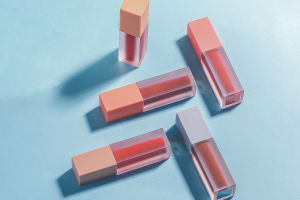Toothbrushing is an essential daily routine that significantly impacts our oral health.
Despite its importance, many people do not brush their teeth correctly, leading to common oral diseases like periodontitis and gingivitis.
To maintain healthy teeth and gums, it is crucial to select the right toothbrush and use the proper brushing technique. Here's a comprehensive guide on how to choose the best toothbrush and master the correct toothbrushing method.
Choosing the Right Toothbrush
1. Manual vs. Electric Toothbrushes
Toothbrushes come in two primary categories: manual and electric. Each of them has its own advantages and choosing between them depends on personal preference and brushing habits.
Manual Toothbrushes: These are traditional and cost-effective. When used correctly with the right technique, they can be just as effective as electric toothbrushes.
Electric Toothbrushes: These often have smaller brush heads, which can reach difficult areas like the back teeth and wisdom teeth more effectively. They also provide consistent brushing motions, which can be beneficial for people who struggle with manual brushing techniques.
2. Brush Head Size
The size of the brush head is a crucial factor in choosing a toothbrush. A brush head that is too large can hinder maneuverability within the mouth, making it difficult to clean thoroughly. Conversely, a brush head that is too small may require more time to clean effectively.
Choose a brush head that allows easy access to all areas of the mouth without compromising on efficiency. Typically, a compact head is recommended for better reach.
3. Bristle Type
The hardness of the bristles is another important consideration. Toothbrushes generally come with hard, medium, or soft bristles.
Soft Bristles: These are usually recommended because they effectively clean teeth without damaging the enamel or irritating the gums.
Medium/Hard Bristles: While these may seem more effective for cleaning, they can cause wear on the teeth and gums, potentially leading to sensitivity and other dental issues.
To determine the right bristle firmness, press the bristles through the packaging. If they feel irritating to your fingers, they are likely too hard for your teeth and gums.
Brushing Technique: The Bass Method
The technique used to brush your teeth is just as important as the toothbrush itself. The Bass method, also known as the horizontal flutter method or gingival sulcus method, is widely recommended by dentists for its effectiveness in removing plaque and preventing gum disease.
Steps for the Bass Brushing Method
1. Angle the Bristles
Place the bristles of the toothbrush at a 45-degree angle to the tooth surface, aiming towards the gumline. The bristles should be positioned at the junction where the teeth meet the gums.
2. Small, Horizontal Vibrations
Apply gentle pressure to allow the bristles to partially enter the gum sulcus. Using small, back-and-forth vibrating motions, brush the outer surfaces of the upper and lower teeth (the lip and cheek sides).
Cover 2-3 teeth at a time, making sure to move the brush horizontally with slight vibrations about 10 times per section.
3. Clean All Tooth Surfaces
After the outer surfaces, move on to the inner surfaces (the tongue side) and repeat the same gentle, vibrating technique. Don't forget to brush the chewing surfaces of the teeth with a scrubbing motion.
Finally, lightly brush your tongue to remove bacteria and freshen your breath.


